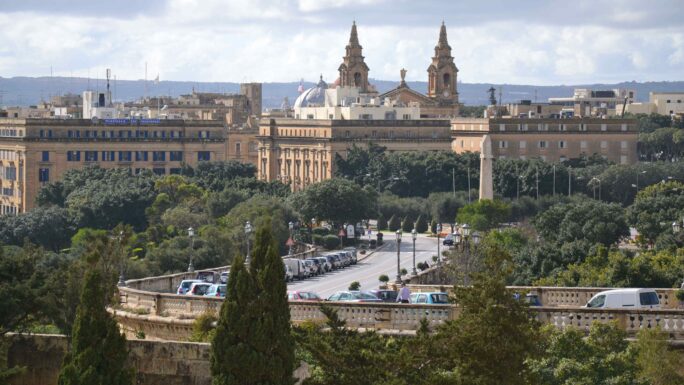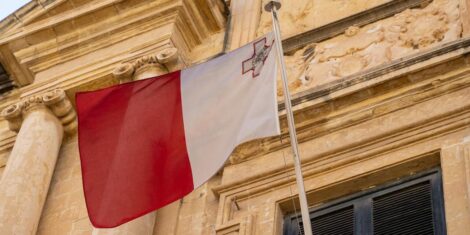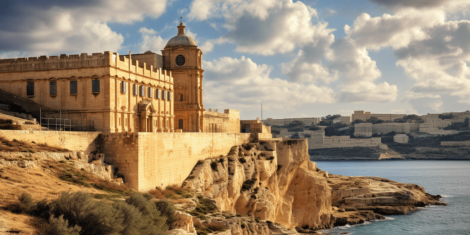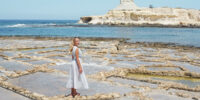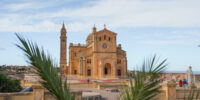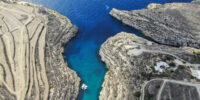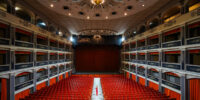It is in fact what you’re thinking.
You’ve probably never thought of Malta having anything to do with mummified corpses before right? Yet, in the islands’ tradition to always surprise its visitors—and potentially its inhabitants—there is a connection.
When passing Bombi, turn around the roundabout of the War Memorial obelisk in Floriana to come back to the same main road, you can then take a left on Pjazza Robert Sammut and a right on F.S Fenech Street, and if you keep going on the same road, you’ll end up facing an ordinary looking church which belongs to the Capuchin friars.
The Capuchin friars were given this land by the Knights of St. John. The land was given to the Capuchins probably as a token of thanks from the Knights for their help in keeping morale and spirit during the siege. In fact there’s a letter from La Valette to the first Capuchin to ever arrive in Malta praising his involvement during the siege.
Why Mummified?
One of the most famous collections of mummified bodies is not so far from Malta; it is in Palermo in the Capuchin Catacombs. At the time the Capuchins faced the issue of having an overcrowded cemetery, so they decided to dig crypts underneath. They mummified a deceased brother with the intention of still being able to see him and pray with him.
Today, it is hard to understand what seems like a dark and eerie tradition. Looking back, we have to try and imagine the potential spiritual significance of this, in order to understand the logic behind it.
Eventually it became a relatively popular practice with the Capuchin order, and it developed into a status symbol; a method of preserving status even after life. There was also the fact that friends and family could visit and see the actual person instead of a tombstone. In the Floriana monastery crypt they had 20 niches in which they displayed dead friars, as a ritualistic farewell.

The Process of Mummification
As a friar would pass on, the other friars would disembowel the body and dry it out. Following this, the body would then be taken and hung upright in one of the niches. With time, it would decay and eventually collapse, leaving the skeleton. The bones were normally used for decorations on the crypt wall—something which you can see in many different crypts around the islands.
What is Left Today: Legends and Remnants
During the second world war, like many other crypts across the island, this Capuchin crypt was used as a shelter.
With the exception of two mummified friars in glass cases, today the niches are empty, with only one niche containing a reproduction of a corpse on display.
What is interesting about the two remaining mummies is that one of them belongs to a certain Fra Crispin Zammit. This corpse is believed to have miraculous healing powers and it was a common tradition for people to pray next to it because of this.
